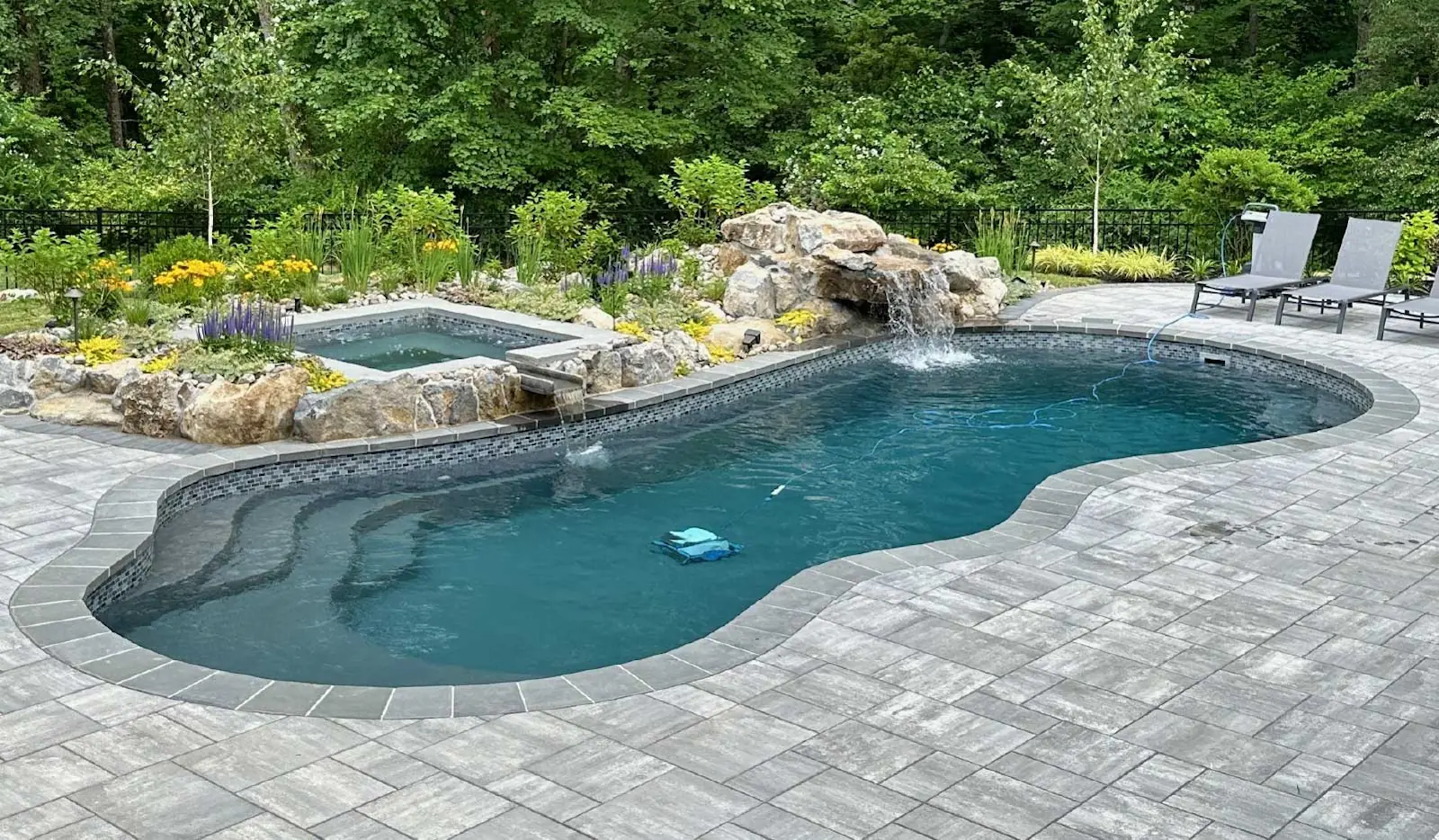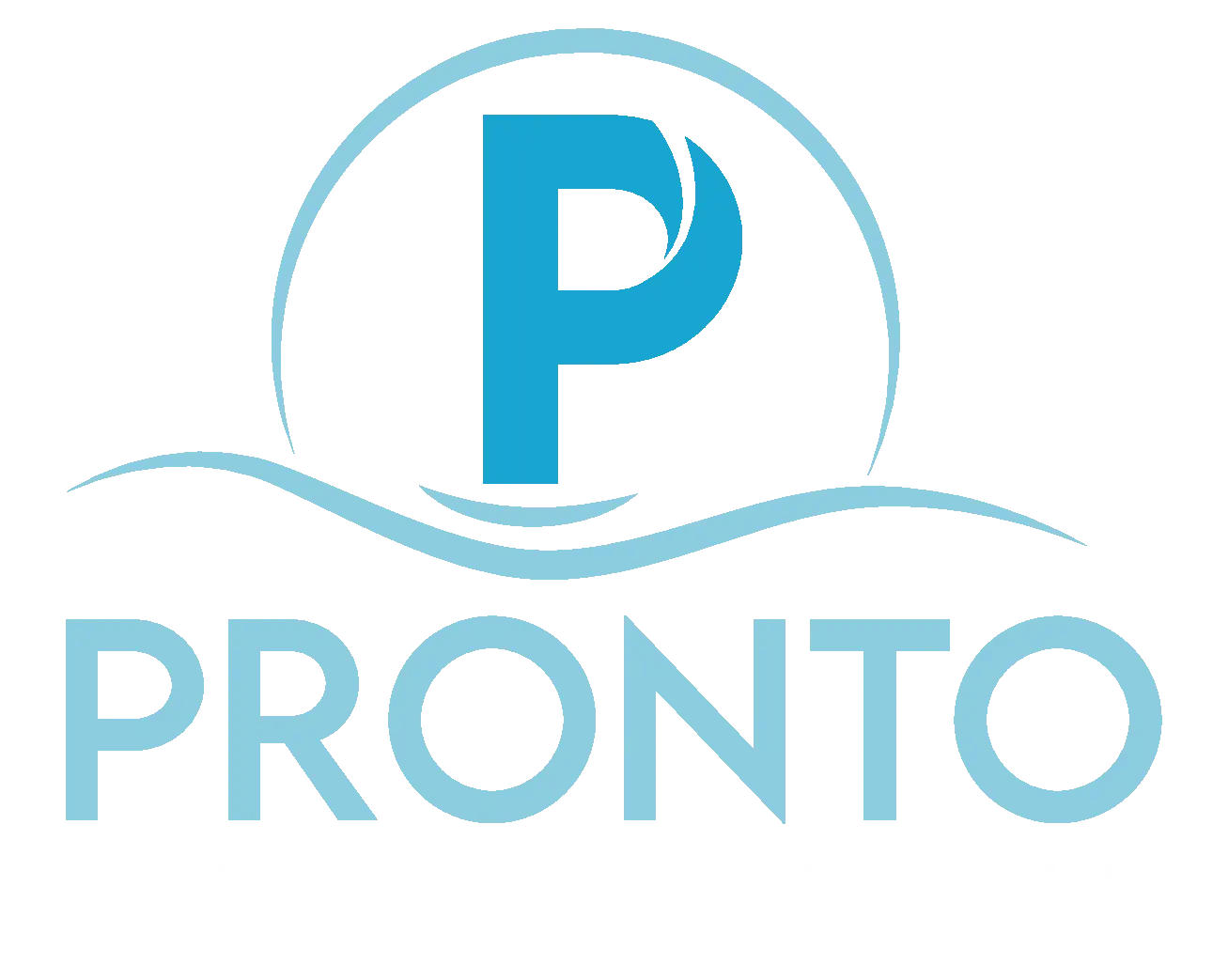
What’s the Difference Between an Inground Pool and a Semi-inground Pool?
Dive Into the Difference
Ever dreamed of turning your backyard into a personal paradise—but aren’t sure whether to go fully inground or just halfway there?
Many homeowners assume all pools are created equal, but the differences between an inground pool and a semi-inground pool are more than just surface-level. In fact, choosing between the two is a bit like deciding between a custom-built home and a stylish modular house—each offers its own blend of beauty, function, and value.
In this guide, we’ll break down the essential differences between inground and semi-inground pools, helping you discover which one fits your vision, budget, and backyard. Whether you’re considering installing an inground pool or exploring other backyard options, understanding your choices is the first step to creating your dream outdoor oasis.
1. What Is an Inground Pool?
Defining Features
An inground pool is a fully recessed structure built directly into the earth, offering a seamless, resort-style integration into your landscaping. These pools are permanent fixtures, made from durable materials like fiberglass, concrete, or vinyl, and are often considered a long-term investment in your property.
Inground pools are known for their polished aesthetic and high-end finish. From smooth curves to sleek edges, they’re designed to elevate the look and feel of your entire outdoor space. They also tend to add significant value to your home, making them a smart choice for homeowners focused on long-term resale potential.
Types of Inground Pools
There are several types of inground pools to choose from, each with its own set of advantages:
- Fiberglass: These pools are pre-molded and delivered in one piece, allowing for faster installation and lower maintenance over time. Explore our fiberglass pools to learn more.
- Concrete: Highly customizable and incredibly durable, concrete pools can be built to almost any shape or size, making them ideal for complex designs.
- Vinyl Liner: A more budget-friendly option, vinyl liner pools offer flexibility in shape and style while keeping costs relatively low.
2. What Is a Semi-inground Pool?
Unique Construction
A semi-inground pool—also known as a partial inground pool—is built partially into the ground, usually submerged by one-third to one-half of its height. This makes it an excellent solution for yards with uneven terrain or sloped surfaces, where a full inground installation may not be practical or cost-effective.
Semi-inground pools bridge the gap between above-ground and inground options, offering the structural integrity and aesthetic appeal of the latter, with a more accessible price point.
Advantages of Semi-inground Pools
- Lower cost: Semi-inground pools are generally more affordable than full inground installations.
- Faster installation: With less excavation required, installation tends to be quicker and less invasive.
- Adaptability: Ideal for challenging landscapes or yards with elevation changes, where a traditional pool would be difficult to install.
Whether you’re considering a semi-inground pool for its flexibility or its affordability, it’s a practical way to enjoy the perks of a pool without the full commitment of an inground build.
3. Cost Comparison: Inground vs. Semi-inground
Initial Investment
Inground pools typically come with a higher upfront cost due to the extensive excavation, materials, and labor involved. Depending on size and customization, the price can range significantly.
In contrast, semi-inground pools offer a more budget-conscious alternative. With less digging and simpler construction, they’re often the go-to choice for families looking to enjoy a pool without stretching their finances.
Long-Term Costs
While inground pools may have higher maintenance expenses, they also boast a longer lifespan—particularly if made from concrete or fiberglass. Semi-inground pools can be more cost-effective for seasonal use or smaller households, though they may require replacement or renovation sooner.
Financing and ROI
When evaluating cost, it’s essential to consider more than just the initial price tag. Inground pools can increase property value and attract potential buyers, offering a return on investment that goes beyond recreation. On the other hand, semi-inground pools offer immediate enjoyment at a lower cost, which can be ideal for homeowners focused on lifestyle over long-term resale.
4. Aesthetic Appeal and Landscaping Integration
Seamless Design
Inground pools are the gold standard for visual appeal. They sit flush with your yard, creating a sleek and cohesive look that blends beautifully with patios, gardens, and outdoor entertainment areas. Custom features like tanning ledges, waterfalls, and integrated lighting make them a centerpiece of backyard luxury.
Semi-inground Style Options
While semi-inground pools are more visible above the ground, they can still be beautifully integrated with thoughtful landscaping. Surrounding the pool with decking, retaining walls, or terraced gardens can create a stunning multi-level effect. For homeowners with sloped yards, a partial inground pool can actually enhance the space’s natural topography.
Whether you’re designing around small inground pools or working with a larger footprint, both pool types offer opportunities to create a cohesive and inviting outdoor space.
5. Maintenance and Longevity
Durability
Inground pools—especially those made from fiberglass or concrete—are built to last for decades with proper care. Their robust construction allows them to withstand ground movement and harsh weather.
Semi-inground pools may not offer the same lifespan, particularly if built with less durable materials. However, with quality construction and regular upkeep, a semi-inground pool can still provide many years of enjoyment.
Maintenance Needs
Maintenance requirements are similar for both pool types. Regular cleaning, chemical balancing, and equipment inspections are necessary to keep the water clean and safe. However, semi-inground pools are often easier to access for repairs, which can simplify ongoing care.
6. Installation Time and Process
Project Timelines
Installing an inground pool is a significant project that can take several weeks—or even months—depending on the design, materials, and site conditions.
Semi-inground pools, on the other hand, can often be installed in just a few days to a couple of weeks. This quicker turnaround makes them an attractive option for families eager to enjoy their pool sooner rather than later.
Site Preparation
Inground pools require extensive excavation and precise planning. From soil testing to permits, the process is detailed and time-intensive.
Semi-inground pools involve less digging and disruption, making them more adaptable to existing yard conditions. This can be especially beneficial for homeowners with mature landscaping or limited space.
Interested in learning more about installation timelines for your yard? Contact our team for a personalized site evaluation.
7. Design Flexibility and Customization
Shapes and Sizes
Inground pools offer unparalleled design flexibility. Whether you’re dreaming of a lagoon-style retreat, a lap pool, or a geometric modern design, the possibilities are nearly endless. Features like tanning ledges, built-in spas, and custom tilework make inground pools highly customizable.
Semi-inground Adaptability
Semi-inground pools are typically better suited for smaller or mid-sized installations but can still be enhanced with creative add-ons. Surrounding decking, fencing, and landscaping can elevate the look and functionality of your partial inground pool. For homeowners focused on compact design, small inground pools or semi-inground options can offer the perfect combination of style and space-saving.
8. Water Temperature and Energy Efficiency
Heat Retention
Inground pools benefit from full earth insulation, which helps retain heat more effectively—especially important in cooler climates. This natural insulation can reduce heating costs and extend the swimming season.
Semi-inground pools, with more exposed surface area, tend to lose heat more quickly. However, strategic placement and insulation methods can help mitigate this.
Heating Solutions
Both inground and semi-inground pools can be equipped with heating options such as:
- Solar covers
- Heat pumps
- Gas or propane heaters
Choosing the right heating solution depends on your climate, usage patterns, and energy goals.
9. Structural Considerations and Safety
Stability and Engineering
Inground pools are engineered to withstand soil movement, hydrostatic pressure, and severe weather. Their reinforced structures offer long-term stability and performance.
Semi-inground pools require reinforced walls and proper drainage systems to ensure safety and durability. When installed correctly, they can be just as secure as inground options.
Safety Features
Both pool types can be equipped with essential safety features, including:
- Fencing and gates
- Pool alarms
- Safety covers
Inground pools may also require additional precautions due to their depth and accessibility, especially in homes with young children or pets.
10. Family-Friendliness and Accessibility
Children and Pets
Inground pools can be designed with family-friendly features like shallow zones, built-in steps, and safety ledges. These features create a more inclusive environment for swimmers of all ages.
Semi-inground pools, with their elevated sides, can naturally deter unsupervised access—providing an added layer of safety for households with pets or small children.
Accessibility Options
Inground pools support a wide range of accessibility features, such as:
- Zero-entry (beach-style) access
- Pool lifts
- Built-in ramps
Semi-inground pools can be made accessible with surrounding decks, stairs, or ladders, offering flexibility for various mobility needs.
11. Choosing the Right Pool for Your Lifestyle
Key Factors to Consider
Before making your decision, ask yourself:
- What’s your budget—both upfront and long-term?
- How much time and energy are you willing to invest in maintenance?
- What does your yard’s size, slope, and soil type allow for?
- Are you looking for a luxury statement or a practical retreat?
- How important is resale value versus immediate enjoyment?
Final Recommendation
If luxury, longevity, and full customization are your top priorities, an inground pool may be the best investment for your home and lifestyle.
If you’re looking for a more affordable, faster-to-install solution that still offers style and function, a semi-inground pool could be the perfect fit—especially for challenging landscapes or smaller yards.
12. Ready to Build Your Dream Pool?
Think about what matters most to you: budget, design flexibility, installation time, or long-term value. Your ideal pool is the one that fits your lifestyle today and enhances your enjoyment for years to come.
Ready to take the plunge? Contact our team for a free consultation and let’s bring your backyard vision to life. Whether it’s a sleek inground pool or a stylish semi-inground option, we’re here to help you create the perfect backyard escape.
